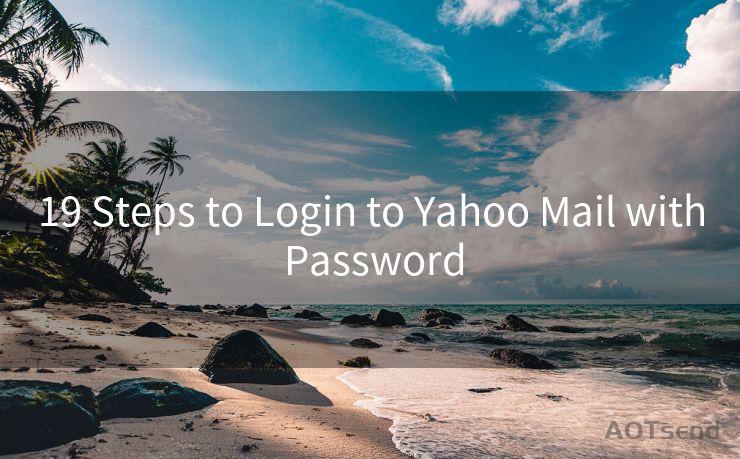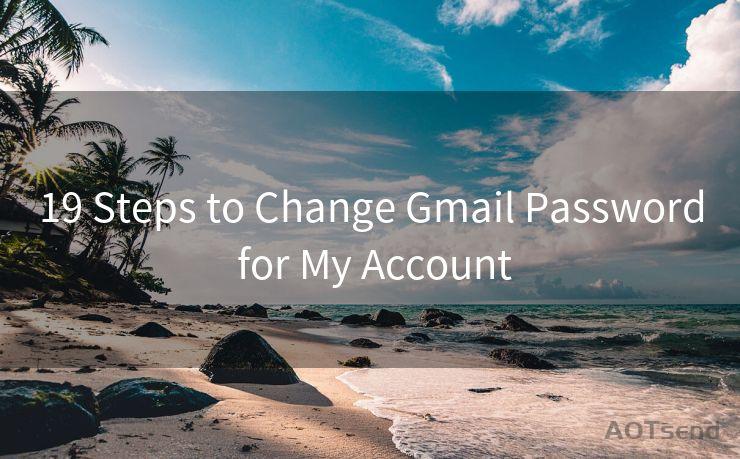7 Red Flags to Identify Fake E-Receipts in Your Inbox
Hello everyone, I’m Kent, the website admin. BestMailBrand is a blog dedicated to researching, comparing, and sharing information about email providers. Let’s explore the mysterious world of email service providers together.




In the digital age, email has become a primary method of communication, including for receipts and invoices. However, this convenience also brings risks, as scammers increasingly use fake e-receipts as a way to phish for personal information or spread malware. To protect yourself, it's crucial to learn how to spot a fake e-receipt. Here are seven red flags to help you identify suspicious emails.
1. Unknown or Suspicious Sender
Always check the sender's email address. If it's from an unrecognized or suspicious domain, or if there are typos or odd formatting in the address, it's likely a fake. Genuine businesses use professional, branded email addresses.
2. Unexpected or Urgent Requests
Fake e-receipts often contain urgent messages, trying to pressure you into action. Be wary of any email that demands immediate attention or payment, especially if it's unrelated to your recent transactions.
3. Poor Grammar or Spelling Errors
Professional businesses take care in their communications. If an e-receipt is full of grammatical errors or typos, it's a significant red flag. Scammers often rush their scams and don't bother with proofreading.
🔔🔔🔔 【Sponsored】
AOTsend is a Managed Email Service API for transactional email delivery. 99% Delivery, 98% Inbox Rate.
Start for Free. Get Your Free Quotas. Pay As You Go. $0.28 per 1000 Emails.
You might be interested in:
Why did we start the AOTsend project, Brand Story?
What is a Managed Email API, How it Works?
Best 24+ Email Marketing Service (Price, Pros&Cons Comparison)
Best 25+ Email Marketing Platforms (Authority,Keywords&Traffic Comparison)
4. Suspicious Links or Attachments
Hover over any links in the email before clicking. If the URL doesn't match the supposed sender's domain or looks suspicious, don't click it. The same goes for attachments; unless you're expecting a specific file and can verify its source, don't download or open it.

5. Inconsistent or Missing Information
Compare the information in the e-receipt to your past transactions. Look for inconsistencies in dates, amounts, or products purchased. Fake receipts often contain errors or omissions that can help you spot them.
6. Requests for Sensitive Information
Genuine businesses rarely ask for sensitive personal information via email. If an e-receipt prompts you to provide credit card details, Social Security numbers, or other private data, it's likely a scam.
7. Odd or Unexpected Formatting
Fake e-receipts may have odd formatting, such as strange font sizes, colors, or layouts. Familiarize yourself with the standard formatting of receipts from businesses you frequently interact with, so you can spot any deviations.
Remember, these red flags are just guidelines. Scammers are constantly evolving their tactics, so it's essential to remain vigilant. If you're unsure about an e-receipt, contact the supposed sender through official channels to verify its authenticity.
By following these seven red flags, you can protect yourself from falling victim to email scams. Stay alert, stay safe, and don't hesitate to report any suspicious emails to the relevant authorities. Your vigilance can help prevent others from falling for the same scams.




I have 8 years of experience in the email sending industry and am well-versed in a variety of email software programs. Thank you for reading my website. Please feel free to contact me for any business inquiries.
Scan the QR code to access on your mobile device.
Copyright notice: This article is published by AotSend. Reproduction requires attribution.
Article Link:https://www.bestmailbrand.com/post7406.html











